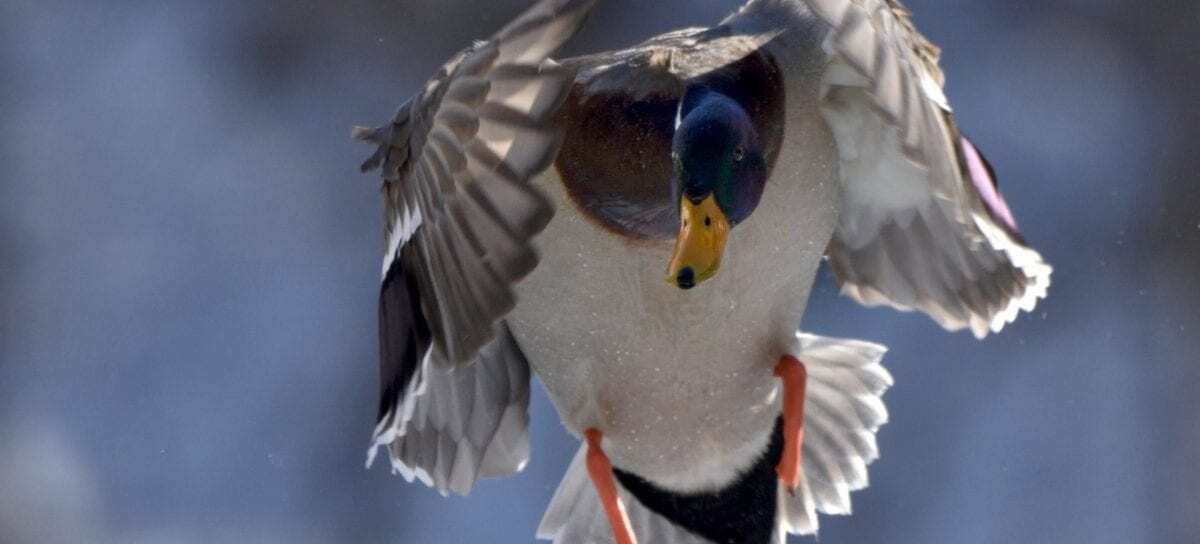We’re all familiar with flightless birds: ostriches, emus, penguins–and ducks? Ducks and geese, part of a bird family called the anatids, have been especially prone to becoming flightless over the course of evolutionary history.
However, it can be difficult to determine from fossils whether an extinct anatid species could fly or not. A new study from The Auk: Ornithological Advances takes a fresh approach, classifying species as flightless or not based on how far their skeletal proportions deviate from the expected anatomy of a flying bird and offering a glimpse into the lives of these extinct waterfowl.
Kyoto University’s Junya Watanabe painstakingly measured 787 individual birds representing 103 modern duck and goose species. From this data, he developed a mathematical model that was able to separate flightless and flying species based on their wing and leg bones–flightless species, the math confirmed, have relatively small wings and relatively large legs. Applying the model to fossil specimens from 16 extinct species identified 5 of the species as flightless, ranging from a land-dwelling duck from New Zealand to a South American duck that propelled itself underwater with its feet.

“I really enjoyed measuring bones in museums and appreciate the hospitality given to me by museum staff. One of the most exciting things was to find interesting fossils that were previously unidentified in museum drawers,” says Watanabe. “What is interesting in fossil flightless anatids is their great diversity; they inhabited remote islands and continental margins, some of them were specialized for underwater diving and others for grazing, and some were rather gigantic while others were diminutive.”
“Dr. Watanabe has developed a valuable statistical tool for evaluating whether a bird was capable of powered flight or not, based on measurements of the lengths of only four different long bones. His method at present applies to waterfowl, but it could be extended to other bird groups like the rails,” according to Helen James, Curator of Birds at the Smithsonian Institution’s National Museum of Natural History. “Other researchers will appreciate that he offers a way to assess limb proportions even in fossil species where the bones of individual birds have become disassociated from each other. Disassociation of skeletons in fossil sites has been a persistent barrier to these types of sophisticated statistical analyses, and Dr. Watanabe has taken an important step towards overcoming that problem.”
“Quantitative discrimination of flightlessness in fossil Anatidae from skeletal proportions” will be available June 7, 2017, at http://americanornithologypubs.
AMERICAN ORNITHOLOGICAL SOCIETY PUBLICATIONS OFFICE







